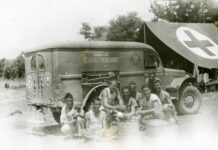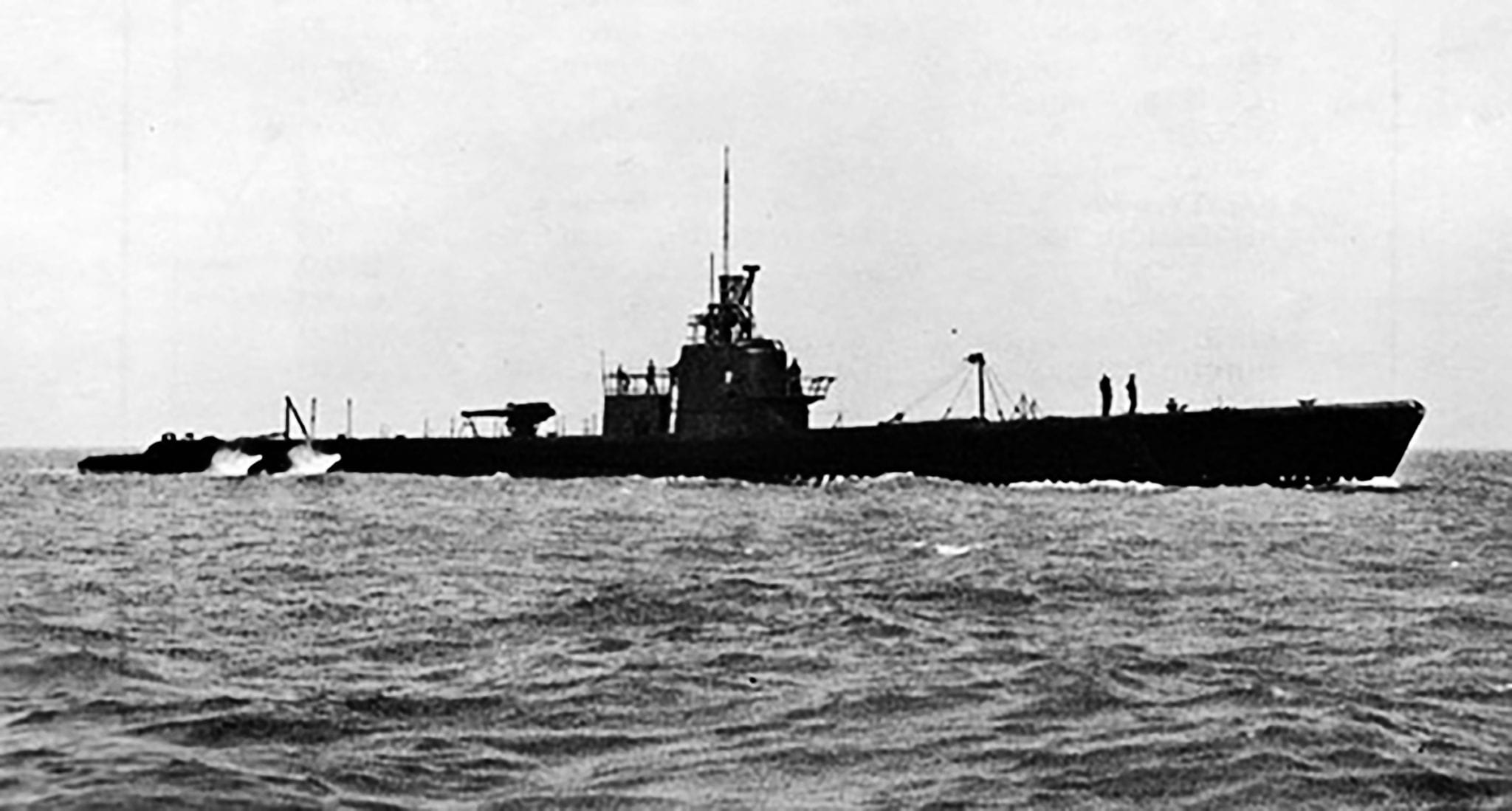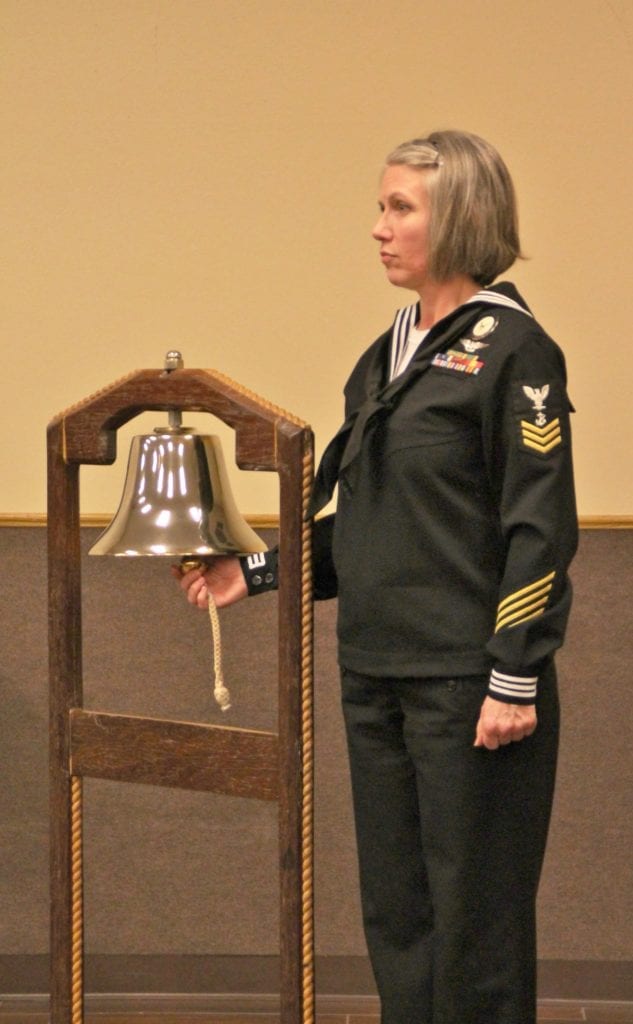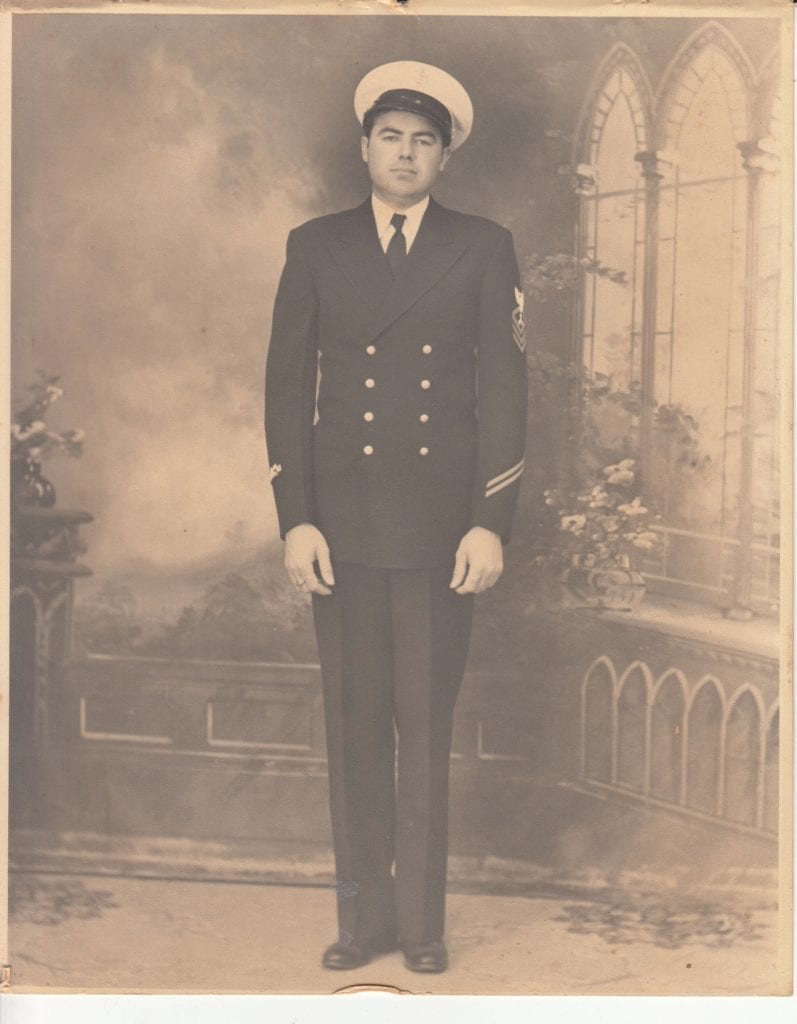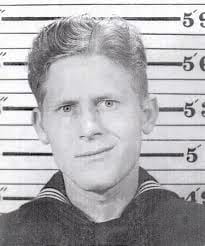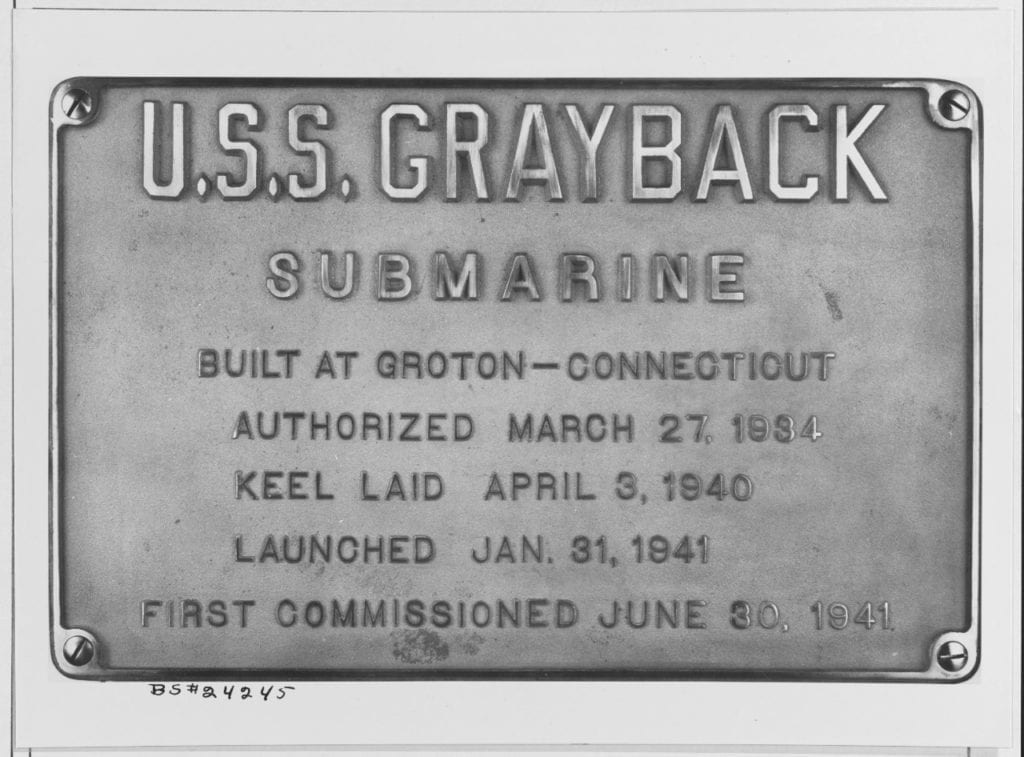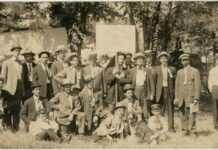Three Oklahoma submariners, who died with their shipmates during World War II, have been formally recognized for their ultimate sacrifices.
The full honors and memorial came after their submarine, the USS Grayback, was finally found last year off the coast of Okinawa, where it sank in the East China Sea after being struck by a Japanese plane and several ships Feb. 27, 1944.
On Jan. 14, the Yukon Veterans Museum and the U.S. Navy held a memorial service for Robert Vernon Hansen of Oklahoma City, a 21-year-old radio technician first class; Lee Carol Stanford of Ardmore, a 28-year-old machinist mate chief; and Ross Lillard Capshaw of Oklahoma City, a 25-year-old pharmacists’ mate. Each received a Purple Heart.
The diesel-powered Grayback, part of what was known as the Silent Service, held its own in the Pacific theater with 10 successful war patrols sinking 14 ships (ranked 24th among Navy subs) totaling 63,835 tons of military hardware (ranked 20th). The Grayback damaged numerous other vessels and was important in the Guadalcanal campaign, the first U.S. offensive in the Pacific during World War II.
Even when damaged, the Grayback attacked the enemy and sometimes resorted to using its deck guns. The sub routinely dared to surface when it was seriously threatened. The vessel received two Navy Unit Commendations, plus eight Battle Stars.
The Grayback was thought to be lost at sea. However, a group known as the Lost 52 Project, searching for 52 submarines that vanished during the war, discovered an error in the original translation of longitude where the Grayback sank. On June 5, 2019, after refocusing its efforts, the group found the Grayback (Lost 52’s seventh discovery) and 80-man crew 1,427 feet below the ocean surface.




Aboard the USS Grayback was Oklahoman Robert Vernon Hansen, a 21-year-old radio technician first class. 
Photos courtesy Naval History and Heritage Command
The Grayback, officially SS-208, had 10 21-inch torpedo tubes, 24 torpedoes, one dual purpose deck gun, and two machine guns at its commissioning in June 1941. With Australia as its home base, the submarine menaced Japanese ships in the Pacific for years.
In January 1943, northeast of Australia, a B-26 aircraft crashed and left six survivors on an island. Grayback submariners went ashore, located the aviators (three of whom were injured) and hid them in the jungle. The Grayback submerged to avoid enemy aircraft but later helped all get to safety. The rescue earned the Grayback’s commander a Navy Cross.
The Grayback was part of the submarine force’s first Wolfpack, so called because it included deadly, powerful vessels patrolling together. The Grayback teamed with the subs Cero and Shad in September-October 1943 to sink ships totaling 38,000 tons and damaging ships weighing another 63,300 tons.
In January 1944, under Lt. Cmdr. John A. Moore, the Grayback headed toward the East China Sea for what would be its final war patrol; a month later, it sank two Japanese army cargo ships. A Japanese plane damaged the submarine Feb. 26, but the Grayback sank a naval transport the next day … just before it met its fate after surfacing a final time.
Silence came across the radio. Expected at Midway in March, the Grayback did not arrive. However, generations later, its crew is still remembered.





